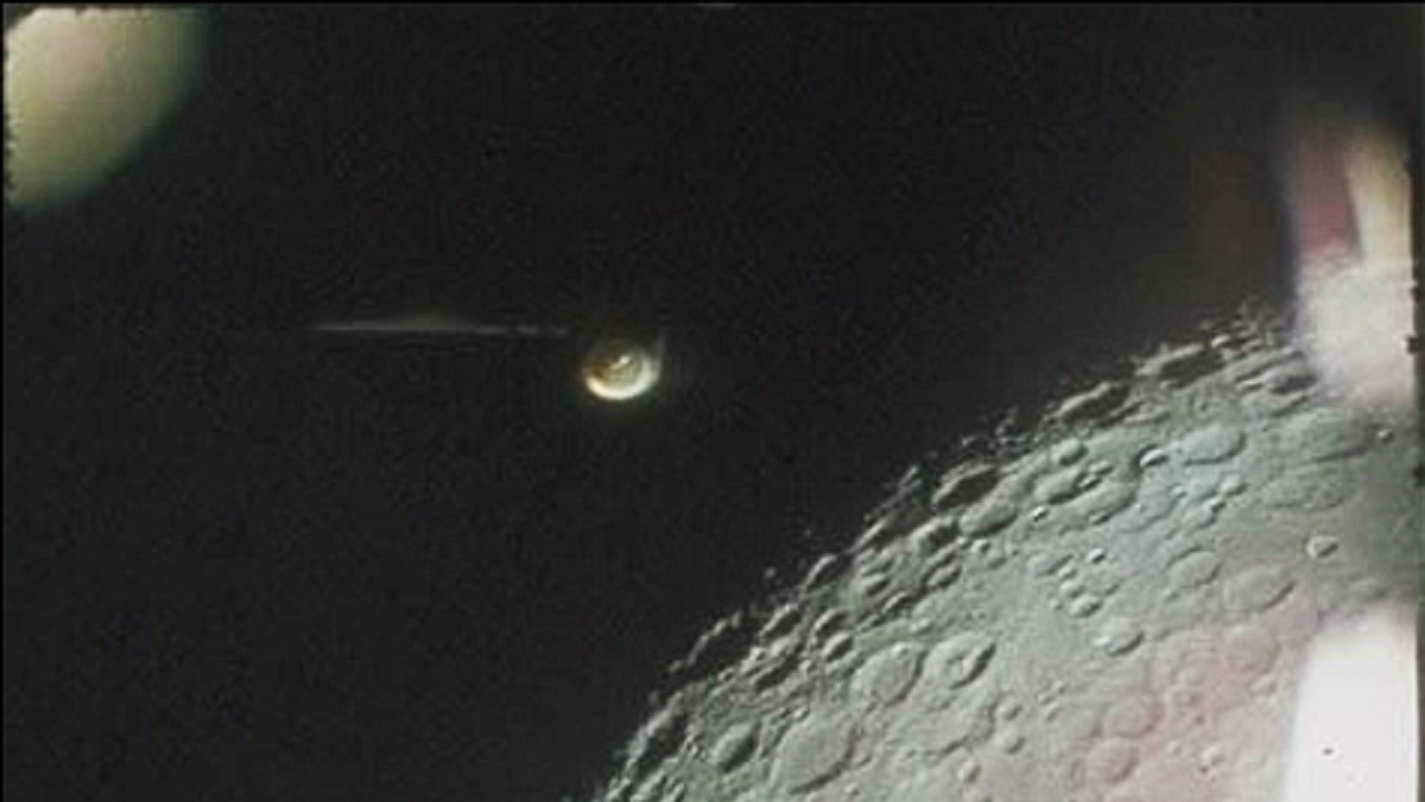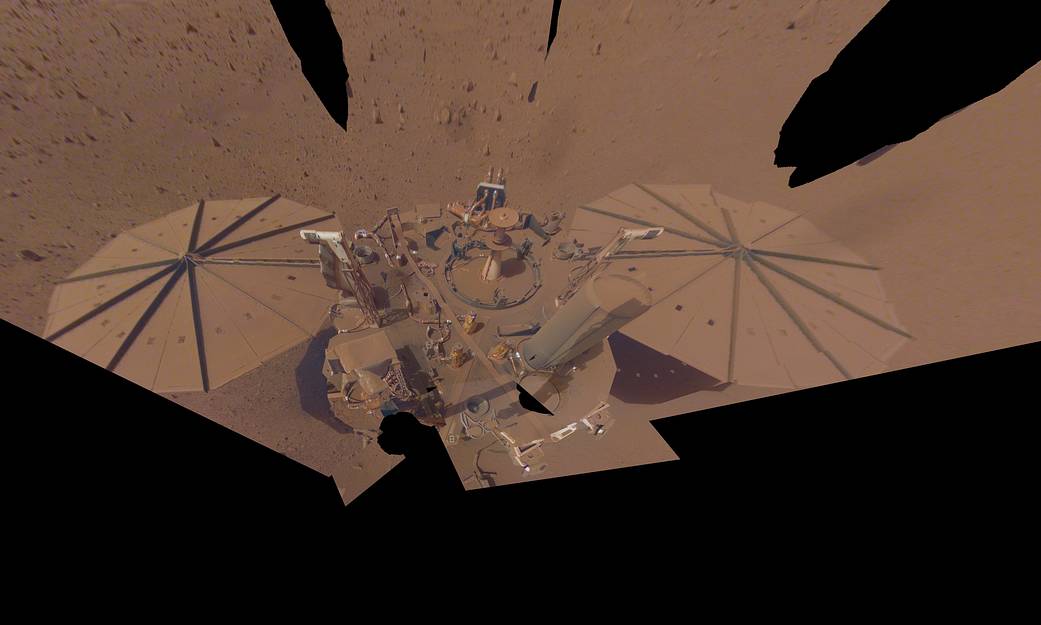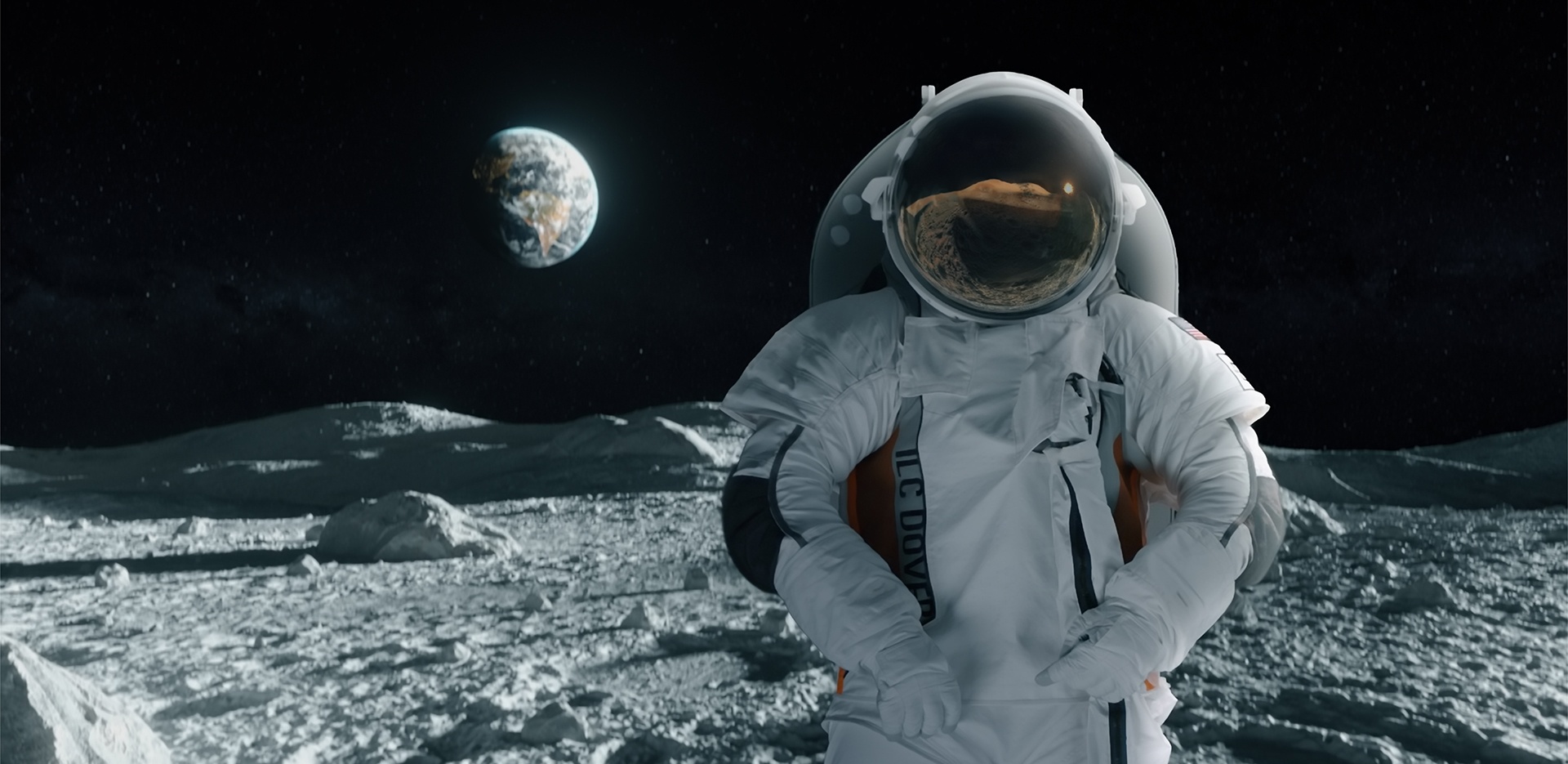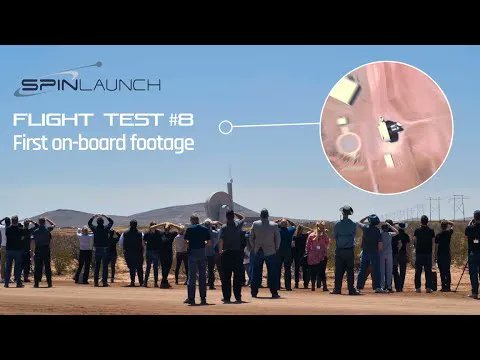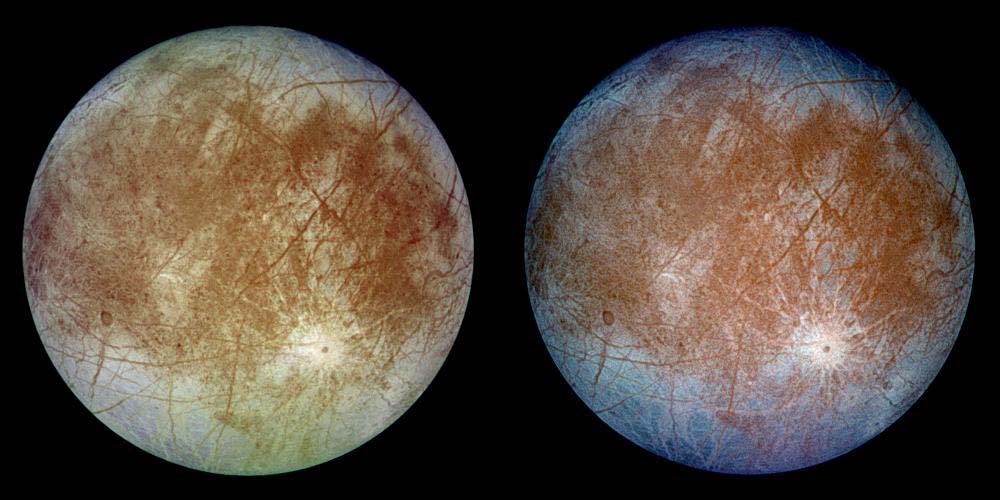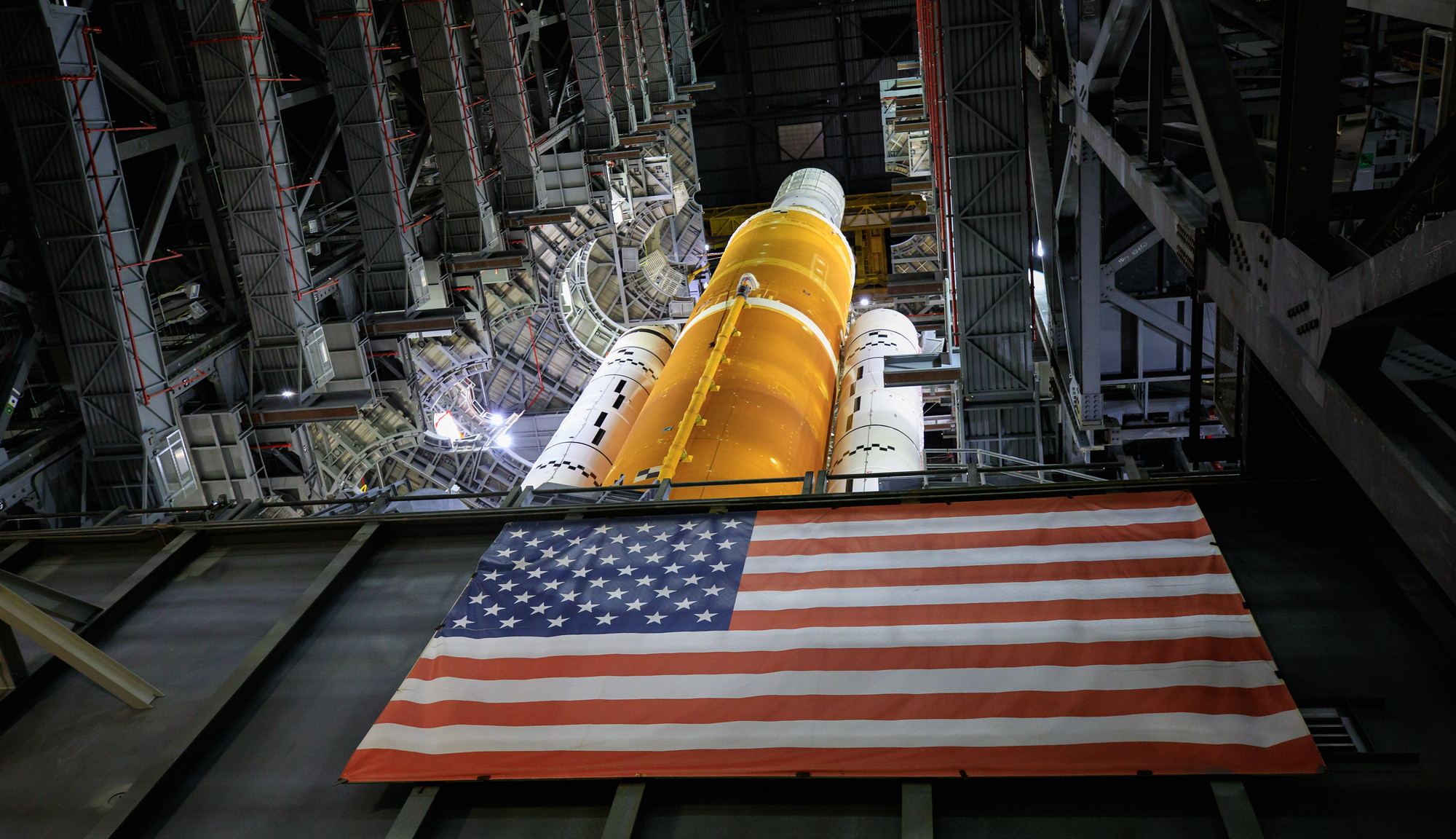NASA has dipped into the debate over UFOs for decades, but today the space agency said it’s commissioning an independent study team to survey a wide range of what are now known as unidentified aerial phenomena, or UAPs.
“The most exciting things in science are things we don’t understand, and my starting point — I think all our starting points for this — is that there are phenomena that we don’t understand,” astrophysicist David Spergel, who’ll lead the study team, told reporters. “How do we start to make progress? We have a very limited set of observations right now with these UAPs. This makes it difficult to draw conclusions. So we start by trying to figure out what data is out there. We’re going to be working with government, nonprofits, companies, civilians, and try to identify what data is already there, then start to think about what data should we collect in the future.”
NASA’s independent study will start early in the fall and run in parallel to the Pentagon-led effort to analyze UAP reports from aviators, which was the focus of a congressional hearing last month.
Continue reading “What’s Out There? NASA Sets Up Independent Study on UFOs”
